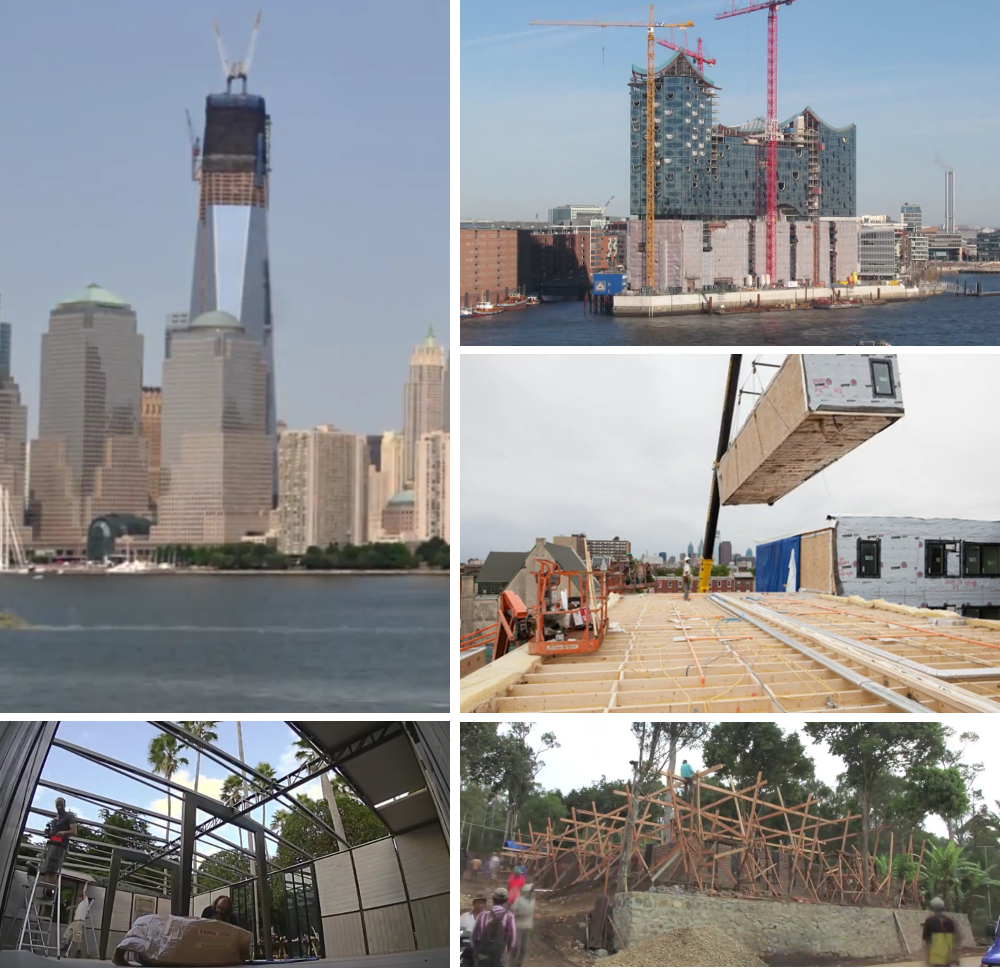
As one of the leading minds of art-nouveau in the UK, Charles Rennie Mackintosh (7 June 1868 – 10 December 1928) left a lasting impression in art and architecture. With a surprisingly brief architectural career, Mackintosh managed to stand out at the international level in art and design with his personal style known as the "Mackintosh Rose" motif. Born in Glasgow in 1868, Mackintosh is known for his play between hard angles and soft curves, heavy material and sculpted light. Though he was most well-known for the Mackintosh Building at the Glasgow School of Art, Charles Rennie Mackintosh left a legacy of architecture-as-art that transcends the Glasgow school and exemplifies trans-disciplinary architecture.



.jpg?1433377510)













.jpg?1434637677)
.jpg?1434637707)
.jpg?1434637587)
.jpg?1434637645)
.jpg?1434637551)


















